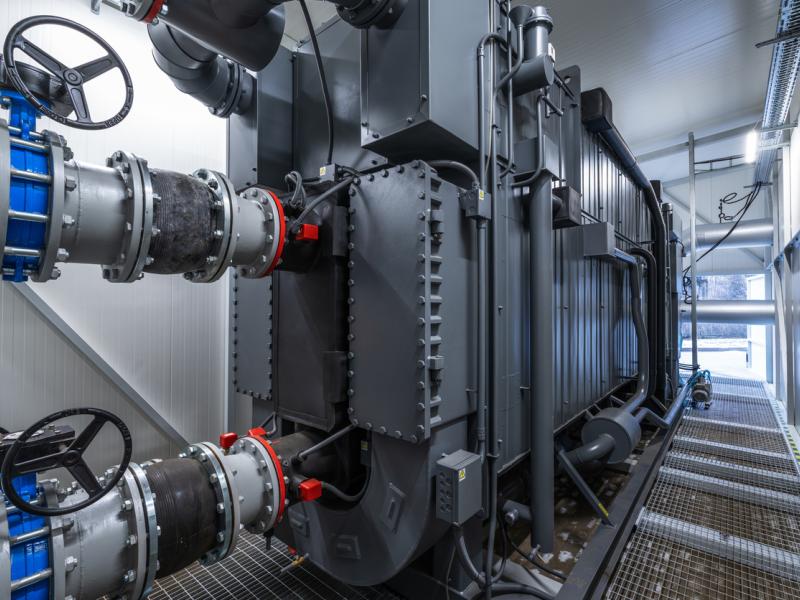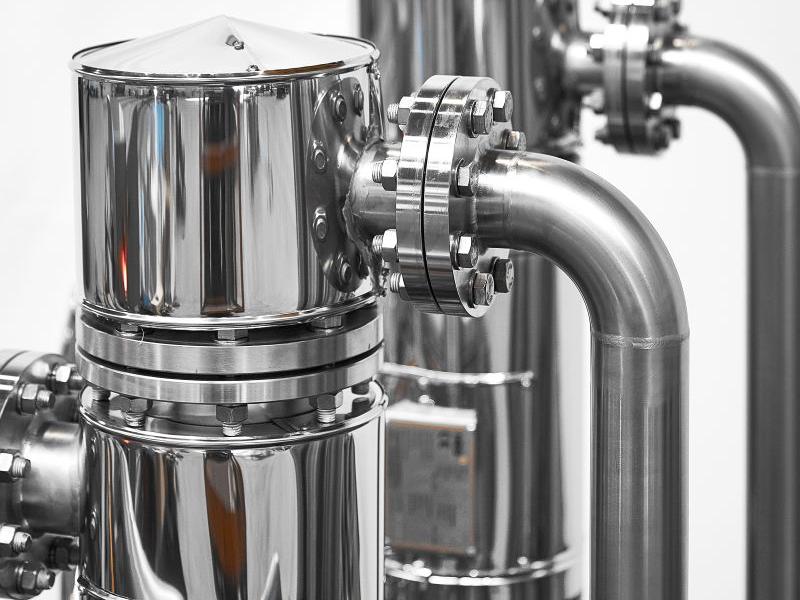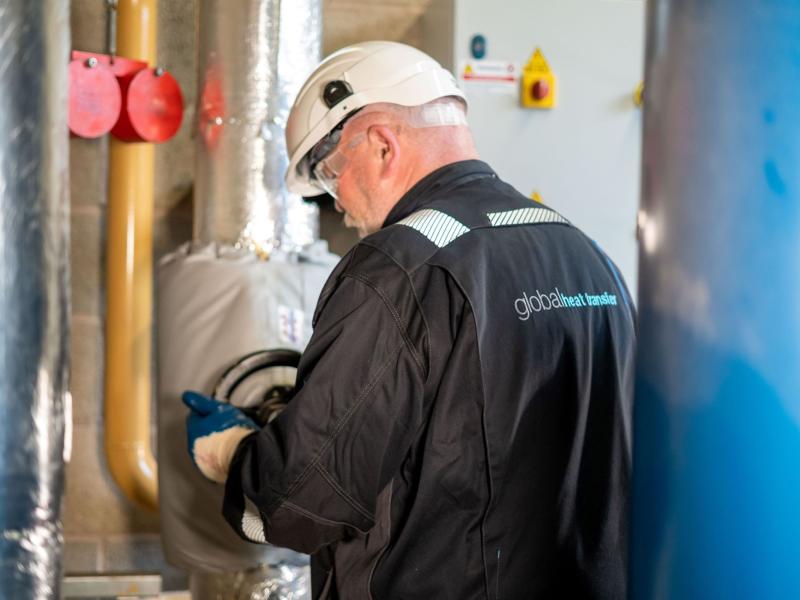By Steve Gallagher, GM of Industry and Partner Projects, Schneider Electric
The Waterview Tunnel is significant in transforming the way people and freight move around Auckland. Dubbed the biggest change in travel patterns since the opening of the Auckland Harbour Bridge in 1959, it has been revolutionary for the City of Sails.
Along with providing more connections in the transport network to support growth and ensure greater reliability, the Waterview Tunnel serves to free up local roads and generate more transport options, including bus lanes, as well as walking and cycling connections.
While these benefits are a significant win for locals and travellers alike, they are only made possible when a number of components, including electrical, are successfully in place and managed. That is where Schneider Electric stepped in.
Four years in the making, the tunnel spans three lanes and is 2.4 kilometres long. The electrical design and planning is the backbone of the structure, enhancing safety and reliability for the thousands of Auckland motorists who use the road daily. The tunnel is home to an impressive array of electrical components: 4,000 lights, 62 ventilation fans, 50 kilometres of cable trays and 400 kilometres of cabling and wiring.
Making sure the electrical equipment was delivered on time to the project construction team fell to Schneider Electric. The company was appointed sole supplier for the electrical components, delivering the tunnel’s control infrastructure through its EcoStruxure platform
– a comprehensive package incorporating high-voltage and low-voltage equipment, transformers, switchboards, switchgear, busduct systems, circuit breakers, PLCs, variable speed drives, soft starters and motor controls.
Reliability
Designing the system’s switchboards and managing their integration into the WCA system was the responsibility of Auckland’s Lynn Electrical, a key switchboard builder partner of Schneider Electric. As safety was a major design consideration, a key decision was made to split the tunnel’s power supply into two parts, requiring identical switchboards at both ends of the tunnel. This halved the distance of the cable to 1.2 kilometres per side, greatly reducing voltage drop problems.
Auckland switchboard manufacturer MGE, another key switchboard builder partner of Schneider Electric, built the 690-volt switchboards, including the switchboards that supply the variable speed drives for the 62 fans and the moulded case circuit breakers.
Additionally, the design also incorporated built-in redundancy, with two separate power supply systems and separate switchboards. This meant that if one system was to fail, the back-up is immediately available and ensures motorists can continue without disruption.
Safety
Lighting and drainage design were also key to the project. Side exits are located at regular intervals throughout the tunnel, allowing people to safely evacuate in the event of an emergency. Large pumps also work to take care of any flooding. These systems, along with other tunnel control systems, demand real-time monitoring.
Monitoring
Operators monitoring the traffic through the tunnels are aided by the intelligent transport system (ITS), providing instant access to vital real-time data, such as which fans are running, how fast they’re running, which pumps are being used, which lights are on. It also monitors the power supply, and generates immediate alerts if a problem is detected, providing a comprehensive, real-time overview of the infrastructure, all supported by multiple cameras feeding visuals to the control room screens. ITS is particularly useful for tunnel maintenance. If a light, pump or fan fails anywhere in the tunnel, the operators can easily pinpoint its location because the ITS system is monitoring all the panels, translating into a speedier fix and the tunnels’ continued reliability.
Schneider Electric continues to manage its technology in the Waterview Tunnel to ensure the ultimate safety and reliability for its users for years to come.






